
Peruvian ceviche is synonymous with pride and admiration for each of the inhabitants of this South American country. Peruvian gastronomy, which makes this exquisite seafood dish available, is one of the main reasons why more and more tourists from all over the world visit the Inca country and can delight their palates. This flagship dish of Peruvian cuisine is made with fresh fish, ají limo, rocoto, lemon, onion, coriander, pepper, fish broth and salt. It is decorated and accompanied with sweet potato, parboiled and shelled corn, seaweed (yuyo) or lettuce and mountain field.
Despite the fact that there are variant recipes, its national and international success lies in its simplicity and ease of preparation. I Can be done in just minutes and with limited kitchen utensils. It should be noted that, although cebiche is also prepared in other Latin American countries, the ingredients and ways of preparing Peruvian cebiche are completely different and make this dish unique.
It is not a secret that different Peruvian chefs seek to reinvent the famous and international cebiche belonging to Peruvian gastronomy, of course, preserving its ingredients and original way of preparation. The versatility of this dish makes it possible to be prepared with almost all kinds of fish, therein lies its success. All Peruvians are proud of this flagship dish and always seek to consume it, both on holidays and on everyday days. Peruvian ceviche fills us with pride and flavor!
Peruvian ceviche was declared a National Cultural Heritage in 2004 and it is easy to see why. Throughout history, it has been a dish of pride for all of Peru. In fact, its popularity led to Ceviche Day being celebrated every June 28.

More than 2000 years ago, in what is now the Peruvian coast in the area of Trujillo, Chiclayo, Piura and Lima, the pre-Inca Mochica culture prepared a dish based on fresh fish with juice from their local fruit, “El tumbo “. With the passing of time, the way of preparing this dish changed. During the Inca period, the fish was macerated with chicha and chili peppers. With the arrival of the Spanish, other products such as sour orange and red onion began to be added.
From there, the emblematic recipe as we know it today, the classic ceviche, began to be formed. The one that is made up of 4 basic ingredients: fresh white fish, chili (limo or yellow depending on the region), salt and lemon juice. Starting in the 20th century, supplements began to be added to the original recipe where sweet potatoes, corn, lettuce, cilantro and yuyo are added.
In Peru, more modern versions with flavors influenced by regional inputs were created. In the Peruvian highlands they make cebiche with river trout, easily accessible fish in the area, in the Amazon they use charapita peppers and accompany them with chifles, and new versions appeared on the coast such as tiradito and nikkei cebiche, with influences of flavors and asian techniques. The most recognized versions in Peru are: shrimp cebiche (Piura), with Amazonian and freshwater fish (Amazonia), black shell cebiche (Tumbes).
In foreign countries we find cebiches with other products such as avocado (in Mexico), salmon (in Chile), tomato (in Ecuador) and accompanied with cookies or tortilla chips (Central America and Colombia).
The first time the word ceviche appeared in Peru was in La Chicha, a song written by José de la Torre and José Bernardo Alcedo. In 1860 there is evidence of the first recipe for “seviche”. It appears in La Guía de Lima, written by Manuel Atanasio Fuentes: “It consists of small pieces of fish, or shrimp that are put in sour orange juice, with a lot of chili pepper and salt; they are kept like this for a few hours, until the fish is impregnated with chili pepper, and is almost cooked by the caustic action of this and the sourness of the orange”.
Several historical events such as the Spanish conquest and the arrival of Asian immigrants to the country, have caused the original recipe to have changed in some aspects such as the maceration technique. Today, thanks to the heritage of our ancestors and the cultural exchange of different civilizations, we have Ceviche as our flagship dish.
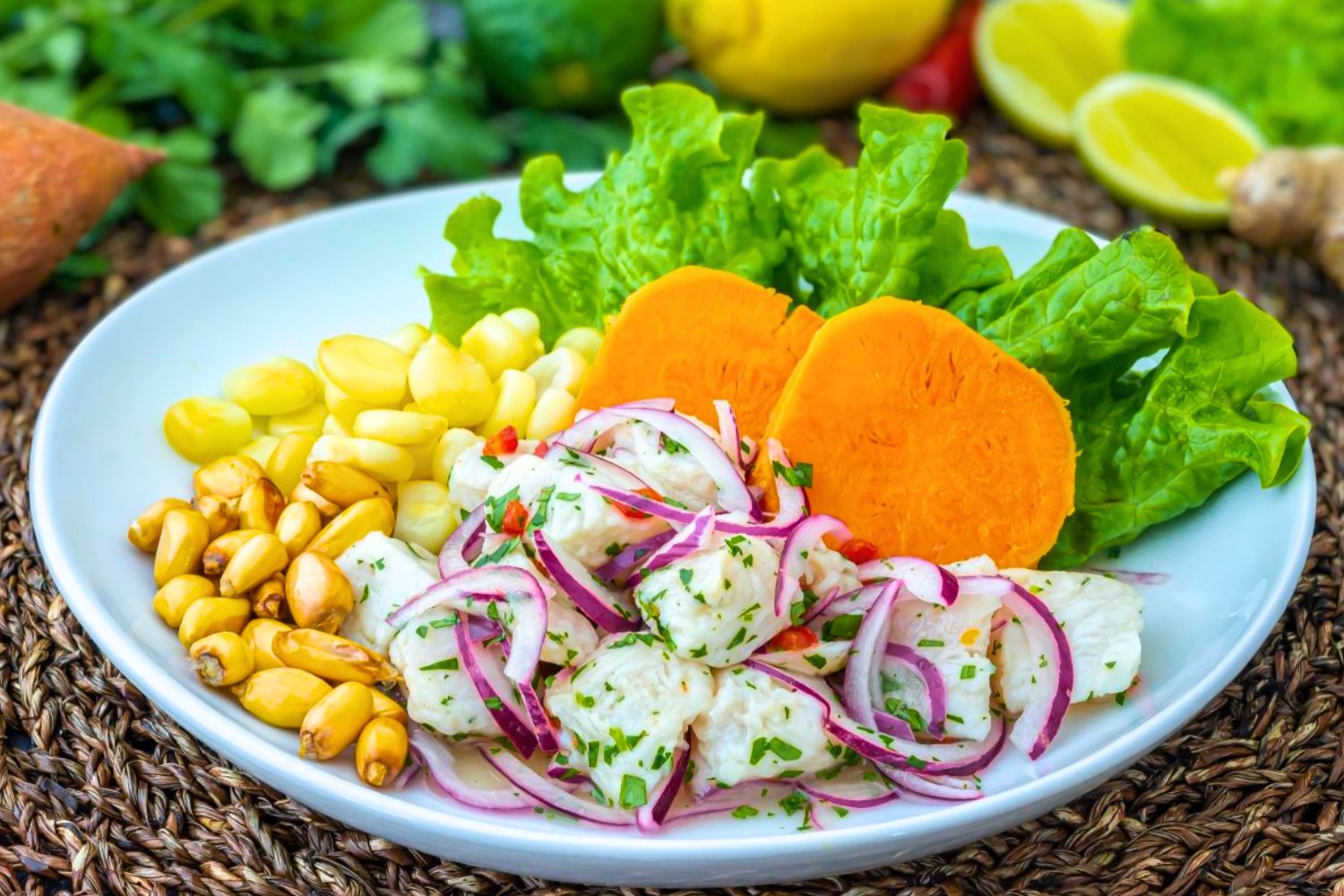
According to the RAE it can be written in 4 ways: Cebiche, ceviche, sebiche or seviche. The etymology of the name of the dish has three variants. The first comes from the word “bait”, based on the fact that in the 16th century this term used to designate a derogatory or diminutive tone to meals according to the small value or size of the dish, based on the size of the pieces of fish in the plate. The second variant would come from the word “iskebech”, which means pickled in Arabic, which has the meaning of cooked in acid or vinegar. This, according to what appears in the Peruvian recipe books of the 19th century, letting pickle meant letting the fish cook in the sour orange juice. And the third and last variant would come from the Quechua siwichi, which means fresh fish or tender fish.
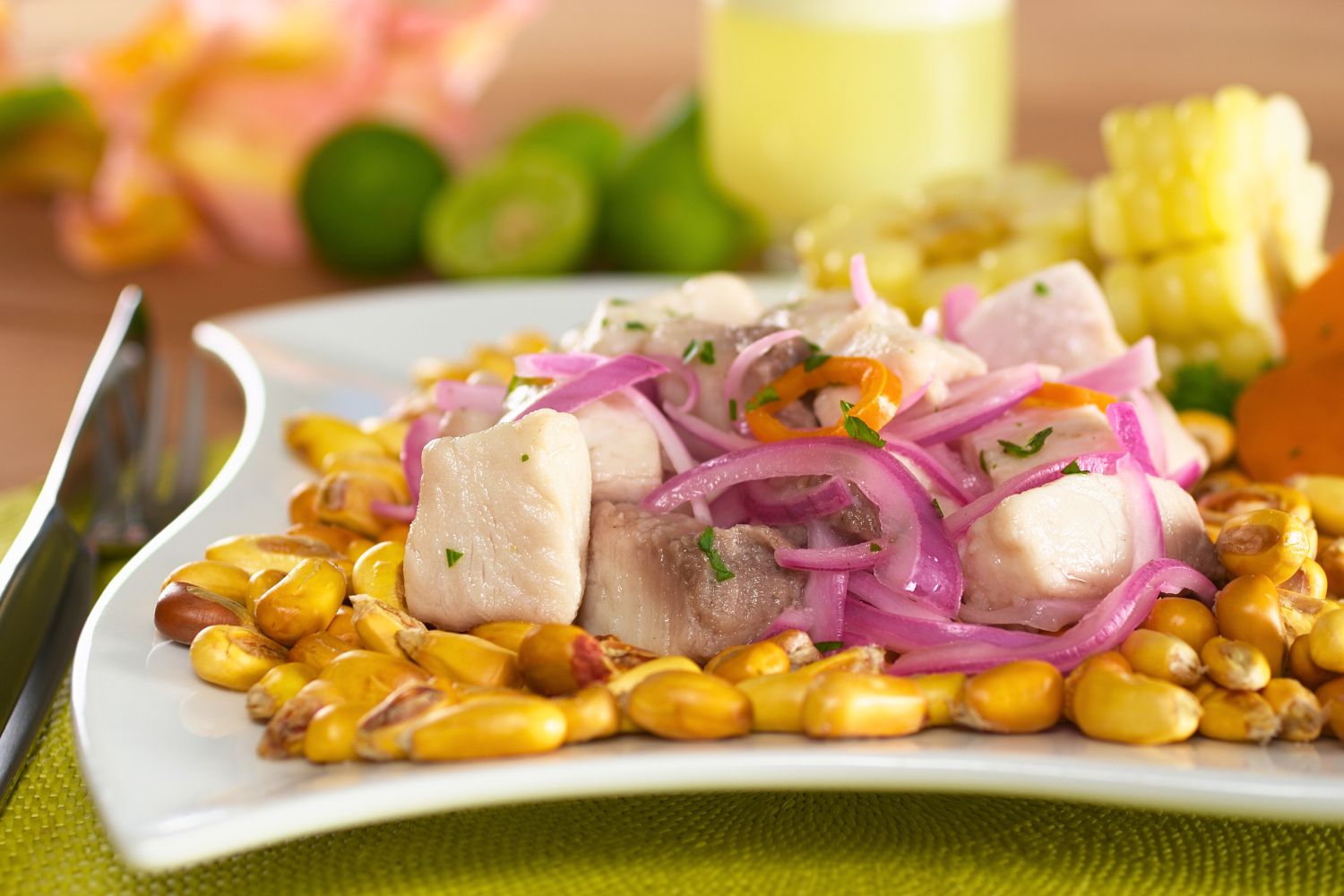
Starting from the basic ingredients, there are different ways to prepare a Peruvian ceviche, depending on the type of fish, shellfish, accompaniment and other ingredients that we use for the recipe.
Shrimp cebiche is one of the typical dishes of this region, whose gastronomy is considered one of the most important in Peru thanks to its variety and flavors that conquer palates. In this variant, the star ingredient is river shrimp, crustaceans that replace fish and give the dish a deliciously unique flavor. Other ingredients used to prepare cebiche are limpets (marine mollusks), and a diversity of shellfish and fish obtained from the rich Peruvian sea.
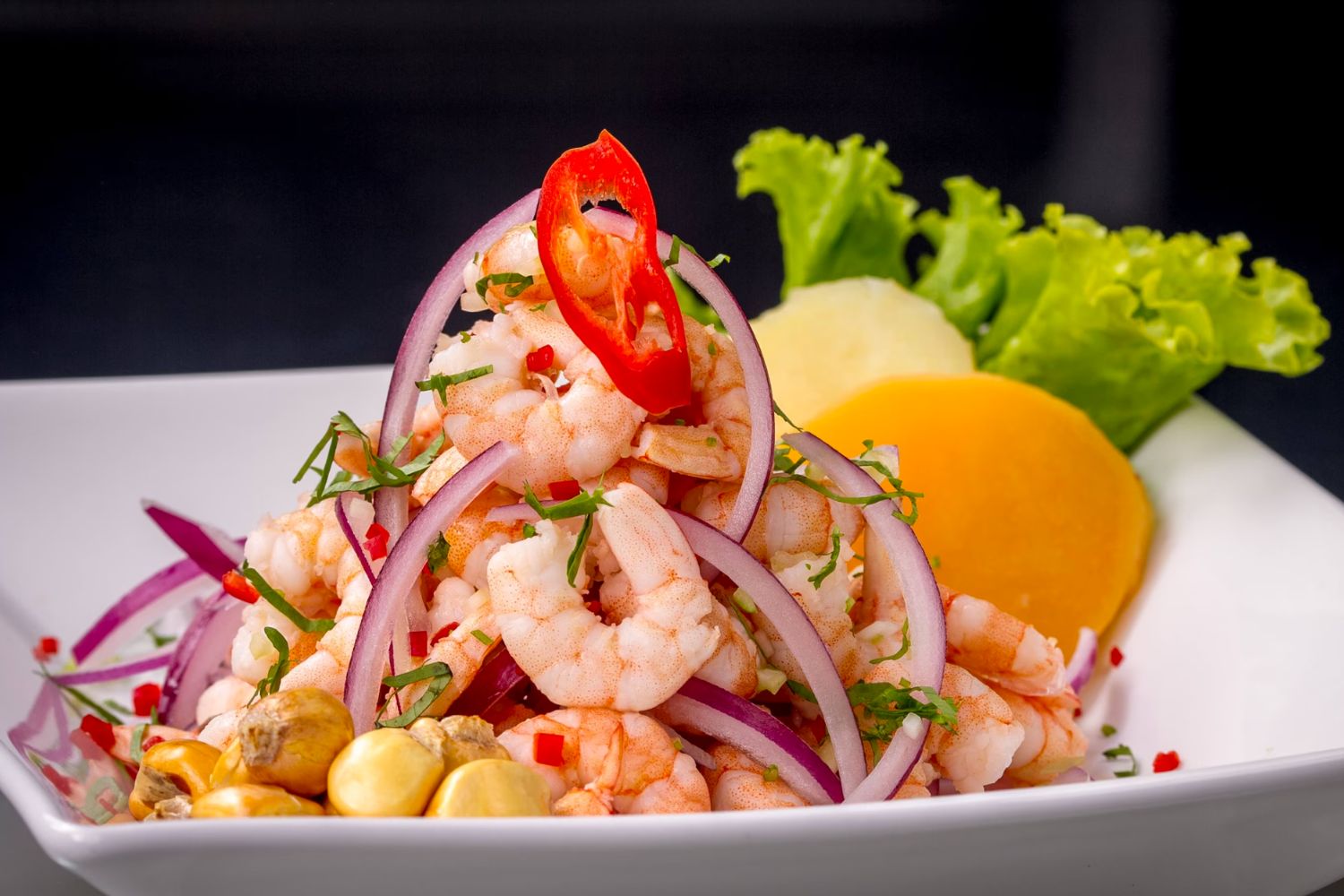
The ceviche that is prepared in the regions of the Peruvian Amazon (San Martín, Ucayali, Madre de Dios, Amazonas, Huánuco, among others), replaces fish of marine origin with those that are caught in the Amazon rivers (paiche, dorado, catfish, maiden, among many others).
The meat of these hydrobiological species is marinated with jungle citrus fruits such as camu camu, and they are combined with fried plantains, thin slices of chonta (stem of a type of edible Amazonian palm), chili peppers, pijuayo, sachatomate, sachaculantro and other ingredients that cooks want to innovate. The result is a succulent ceviche with an Amazonian identity.
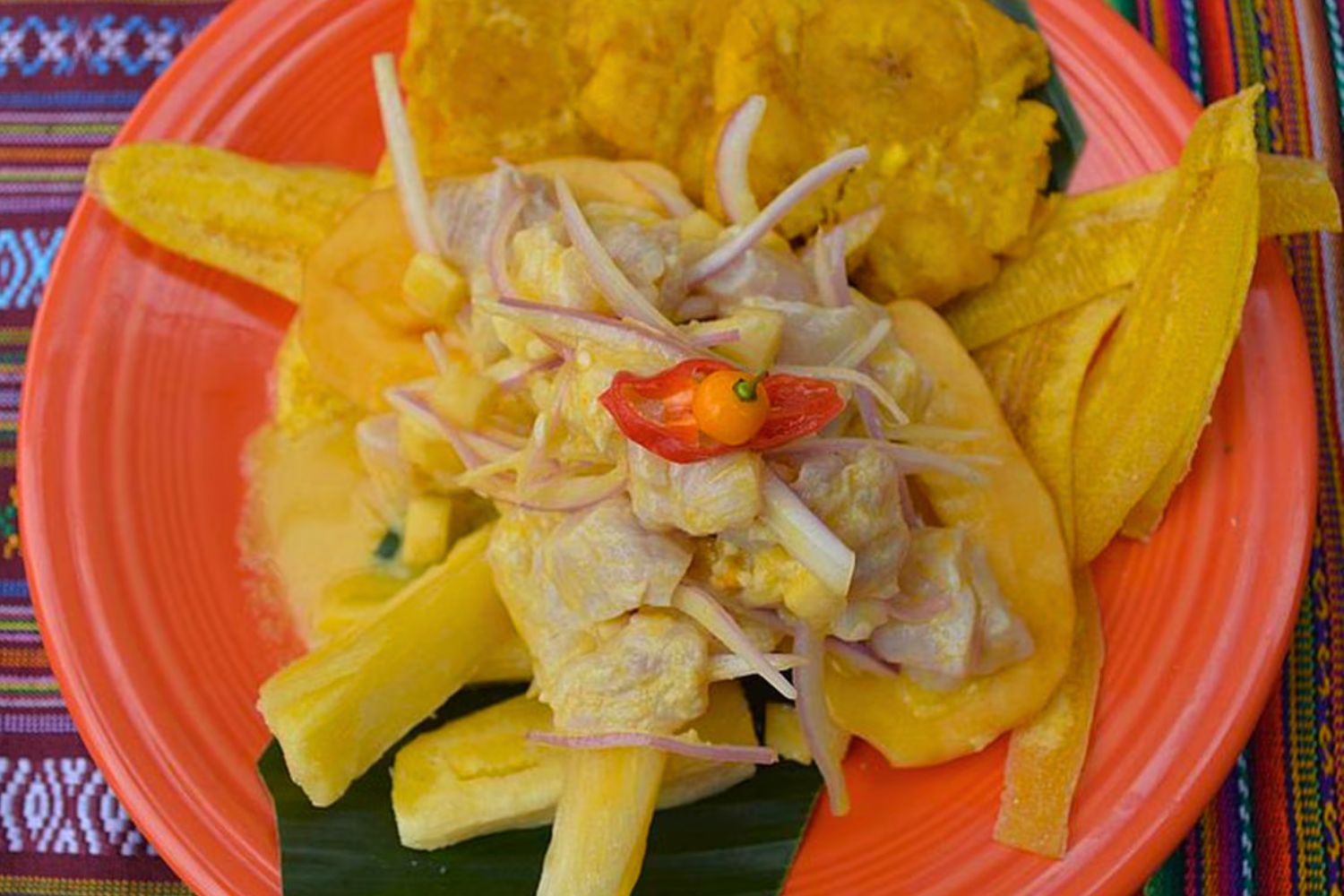
In the land of the eternal sun, the cebiche that stands out is the so-called “Chiringuito”, prepared with shredded guitar meat, a kind of ray native to Sechura Bay, which is marinated with Tambo Grande lemon juice, chili pepper and red onion. The result is a succulent regional stew that is accompanied with chifles (fried plantain in thin slices) and zarandaja, a type of bean grown in northern Peru.

The black shell cebiche is the star stew of Tumbesian cuisine. This mollusk that reproduces in the mangroves is prepared and marinated with lemon from Chulucanas, seasoned with red onion, garlic and rocoto, one of the emblematic peppers of Peru. The juice obtained from the mixture of the ingredients and mixed with the black shells turns this stew into a delight that popular tradition attributes aphrodisiac properties.

The “Tiradito” stands out, a variant of the fish cebiche, probably inspired by the Japanese “Sashimi”. the difference with respect to the classic cebiche lies in the cut of the meat, which is made into thin slices. Its preparation is somewhat simpler by omitting the onion and adding only lemon juice, cream of yellow chili pepper or rocoto, olive sauce and garlic. The innovation in this dish is vast and over time it has become a delicacy on Peruvian tables. It is increasingly recognized as a standard bearer of Peruvian cuisine in the world.
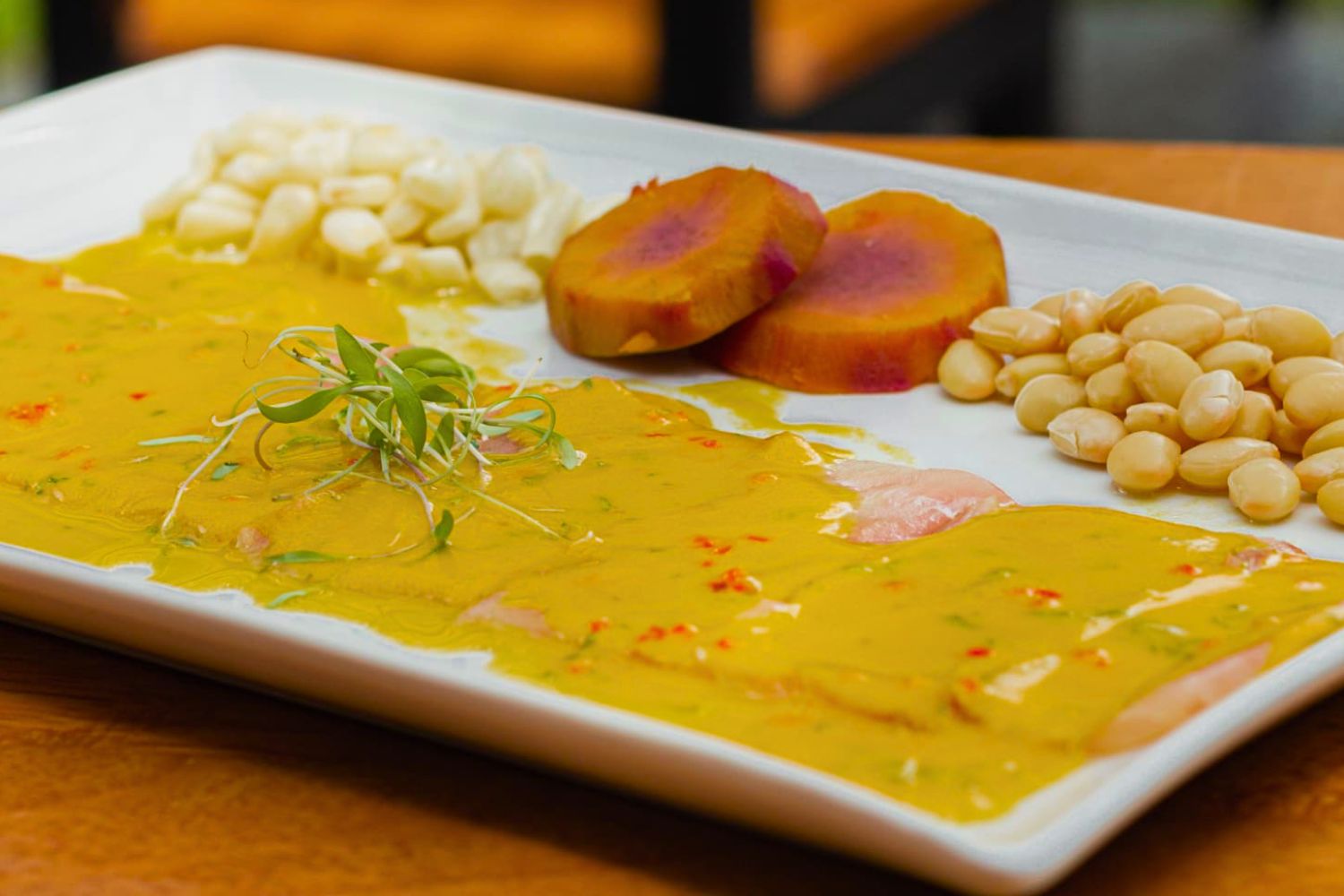
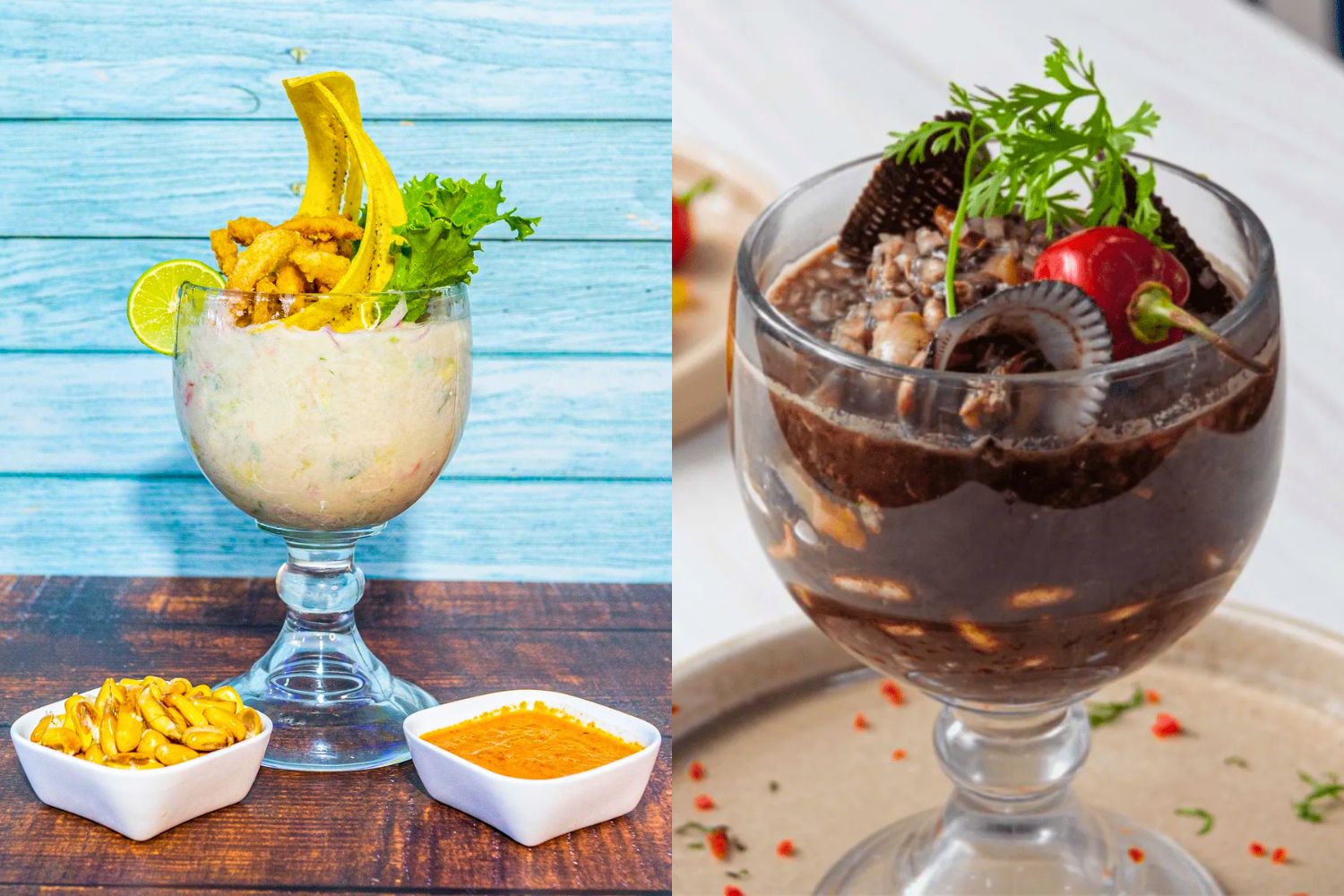

Enjoy the best vacations in Peru. Our Majestic Peru travel program will take you from the coast and its impressive Nazca lines, to the lodge in the Amazon forest surrounded by many wild fauna, you will travel the Inca trail to Machu Picchu, culminating your trip in Cusco.

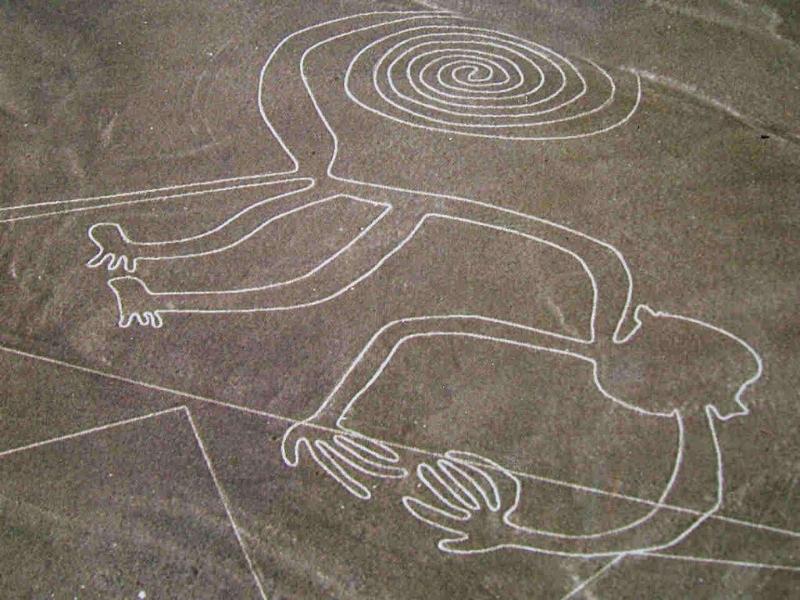
Visit Peru and discover its highlights from Lima to Cusco on an exciting journey that encompasses modern cities and ancient worlds. From the depths of the Colca canyon to the heights of the Andes and on to the unique islands of Lake Titicaca, be immersed in fascinating Peruvian culture while discovering its history buried deep within the walls of lost cities.

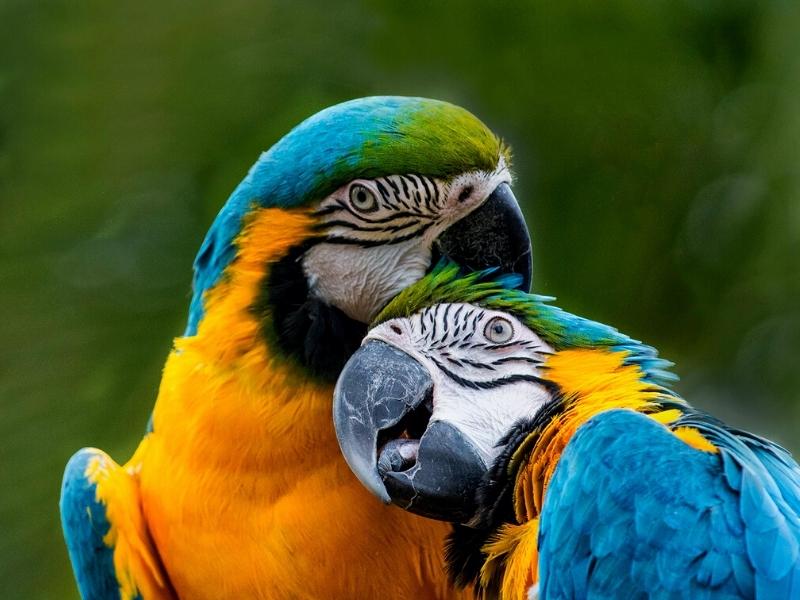
Peru is a country with different cultures and beautiful landscapes. It has one of the best gastronomy in the world. This tour is designed for travelers looking for unique and special moments in their vacations, and families who want to avoid crowds. You will visit the ancient city of Lima, the Amazon forest, the beautiful sacred valley of the Incas, the wonder of Machu Picchu.
